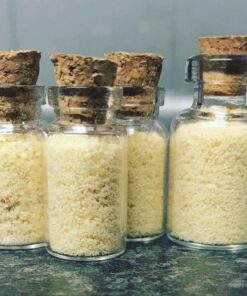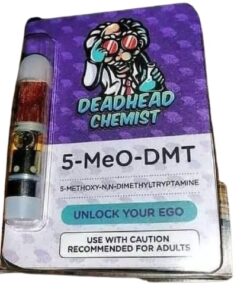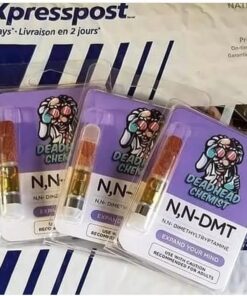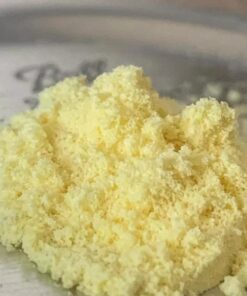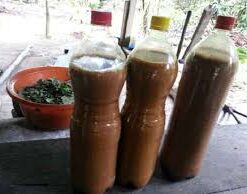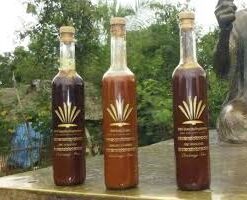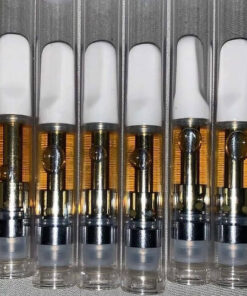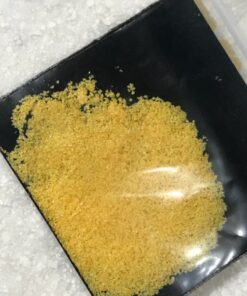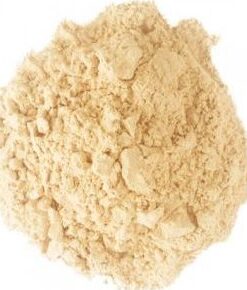DMT: What It Is, How It Works, and Its Effects
DMT (Dimethyltryptamine) is one of the most powerful and profound psychedelic substances known today. Often referred to as the “spirit molecule,” DMT is a naturally occurring chemical found in plants, animals, and even the human body. Known for producing intense, short-lasting, and deeply spiritual experiences, DMT is revered by many for its ability to induce profound alterations in consciousness and perception.
What Is DMT?
DMT (Dimethyltryptamine) is a powerful psychedelic compound that naturally occurs in various plants and animals. It is chemically related to serotonin, a neurotransmitter that influences mood and perception. When consumed, DMT causes a rapid onset of intense hallucinations and altered states of consciousness, often described as “out-of-body” or “transcendent” experiences. These experiences are usually short-lived, lasting around 15-30 minutes when smoked or vaporized, although they are incredibly intense.
DMT is often used in shamanic rituals in South America, particularly in the form of Ayahuasca, a plant brew that contains DMT and other compounds. The compound has become increasingly popular in Western culture due to its unique effects and potential for spiritual awakening.
How Does DMT Work?
DMT primarily affects the brain by binding to serotonin receptors, particularly the 5-HT2A receptor, which is involved in mood and perception. This interaction leads to dramatic changes in visual perception, thinking, and emotional states. When DMT is smoked or vaporized, the effects can be felt almost immediately, with intense visual and auditory hallucinations taking over the user’s experience. Many users report experiencing encounters with non-human entities, traveling through vibrant and intricate dimensions, and experiencing a sense of unity with the universe.
Common Effects of DMT:
- Visual and Auditory Hallucinations: Bright, geometric patterns and vivid, animated imagery.
- Out-of-Body Experiences: Feeling as though you are outside of your physical body, often leading to deep introspection or a sense of spiritual awakening.
- Heightened Sensory Perception: Sounds, colors, and textures may appear more intense and vivid.
- Time Distortion: Time may feel distorted, with experiences seeming to stretch for an eternity despite only lasting minutes.
- Spiritual Experiences: Many users report feelings of encountering entities or receiving profound insights about the nature of existence and consciousness.
DMT Uses and Benefits
While DMT is often used recreationally, it also has potential therapeutic and spiritual uses. Researchers are exploring DMT for its possible role in treating mental health issues, and its effects are being studied in the context of psychotherapy. Some potential benefits include:
- Spiritual Insight: DMT has been linked to profound spiritual experiences, leading to emotional healing and personal growth.
- Therapeutic Uses: Some studies suggest that DMT could be helpful in treating depression, anxiety, and post-traumatic stress disorder (PTSD).
- Personal Transformation: Many users report that DMT offers profound insights into the self, allowing them to confront their emotions, fears, and unresolved trauma.
However, the long-term benefits of DMT, especially in a therapeutic context, are still being studied, and more research is needed to fully understand its potential.
The Risks of DMT Use
While DMT is generally considered safe when used in a controlled environment, it is not without risks. Some of the potential risks associated with DMT use include:
- Psychological Effects: The intense nature of the experience can lead to psychological distress or confusion, especially for those with pre-existing mental health conditions like schizophrenia or bipolar disorder.
- Bad Trips: Just like other psychedelics, DMT can induce “bad trips,” which may involve feelings of paranoia, anxiety, or terror.
- Hallucinations and Distortions: The powerful hallucinations induced by DMT can be overwhelming and may leave users feeling disoriented after the experience.
- Accidents and Risky Behavior: Due to the distorted perceptions DMT causes, users may not be fully aware of their surroundings, which can lead to accidents or risky behaviors.
Is DMT Legal?
The legal status of DMT varies around the world. In many countries, including the United States, Canada, and Australia, DMT is classified as a controlled substance and is illegal for recreational use. However, in countries like Brazil and Peru, DMT-containing Ayahuasca is legal for ceremonial or religious use. It’s important to check local laws and regulations before attempting to acquire or use DMT.
DMT vs. Other Psychedelics
When compared to other psychedelic substances like LSD and psilocybin (magic mushrooms), DMT offers a very different experience. Here’s how DMT stacks up against other popular psychedelics:
- Duration: DMT’s effects last much shorter than LSD or psilocybin. An LSD trip can last 8–12 hours, while DMT lasts only 15–30 minutes when smoked or vaporized.
- Intensity: DMT is one of the most intense psychedelics. While LSD and psilocybin can cause profound experiences, DMT tends to produce more immediate, overwhelming hallucinations and a sense of entering another realm.
- Source: LSD is synthetic, psilocybin is naturally occurring in certain mushrooms, while DMT is naturally found in several plants, including the Ayahuasca vine and Chacruna.
DMT Dosing and Consumption
DMT can be consumed in a variety of ways, but the most common methods include:
- Smoking or Vaporizing: This is the most common and fastest method of consumption, with effects felt almost immediately.
- Ayahuasca: DMT can also be consumed as part of a traditional Ayahuasca brew, which contains other plants to slow the onset of DMT’s effects and extend the duration of the experience. This method is used in shamanic rituals.
The typical dose for smoking DMT is around 20–40 milligrams, while an Ayahuasca ceremony typically uses larger doses over several hours.
DMT Safety and Responsible Use
If you decide to use DMT, it is crucial to prioritize safety:
- Set and Setting: The environment where DMT is consumed is critical. Make sure you are in a safe, comfortable, and supportive setting with trusted individuals.
- Start Slow: If you are new to psychedelics, start with a lower dose and ensure you are mentally prepared for the experience.
- Do Not Mix: Avoid mixing DMT with other substances, including alcohol or stimulants, as this can cause unpredictable and dangerous effects.
FAQs About DMT
1. What is DMT used for?
DMT is used primarily as a powerful psychedelic drug for spiritual or recreational purposes. It’s also studied for its therapeutic potential, particularly in treating mental health conditions like depression and PTSD.
2. What are the effects of DMT?
DMT induces intense visual hallucinations, out-of-body experiences, and spiritual insights. The effects are short but profoundly transformative for many users.
3. Is DMT addictive?
No, DMT is not considered addictive. However, it can lead to psychological dependence in some individuals.
4. Is DMT legal?
DMT is illegal in many countries, including the United States and most of Europe. However, it is legal for ceremonial use in certain regions like Peru and Brazil.
5. How long do the effects of DMT last?
The effects of smoked or vaporized DMT last for about 15–30 minutes. When consumed as part of Ayahuasca, the effects can last several hours.
Conclusion: Is DMT Right for You?
DMT offers one of the most powerful and transformative psychedelic experiences available. However, due to its intense nature, it’s important to approach DMT use with caution and respect. If you’re interested in exploring its potential for personal growth or therapeutic use, ensure you’re doing so in a safe and controlled environment. Always check local laws and consider consulting with a healthcare provider before using DMT for therapeutic purposes.
DMT
DMT
DMT
DMT
DMT
DMT

